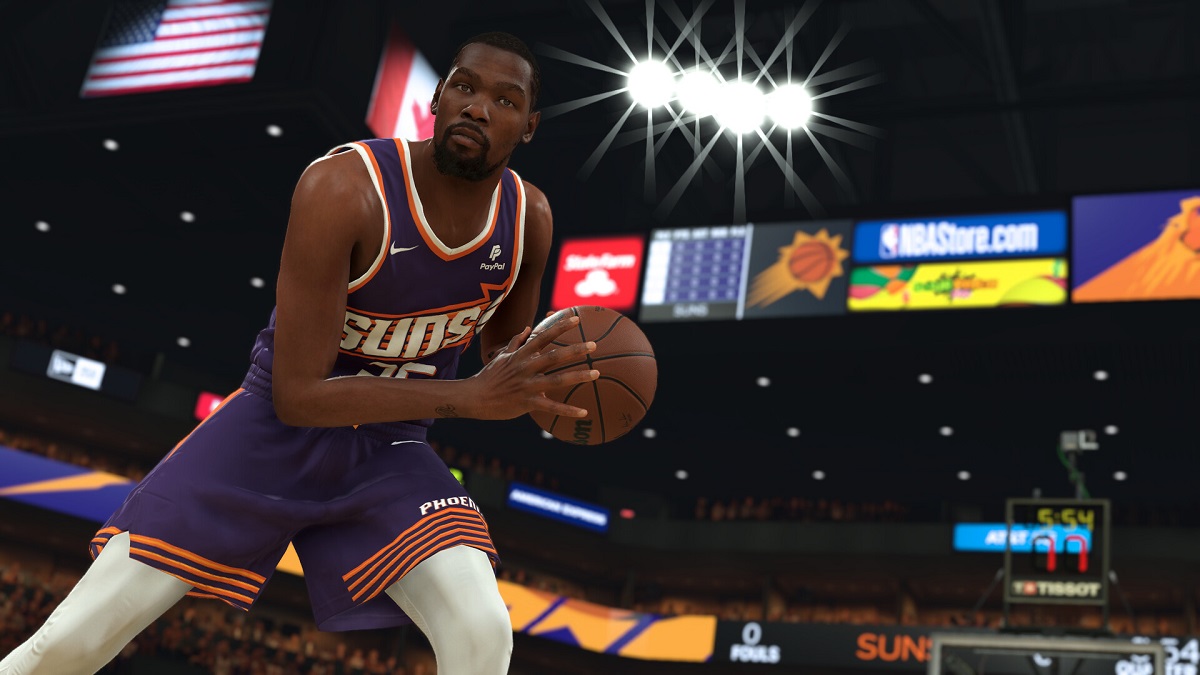The Last of Us: Part I is not a port without issues. Regardless of your rig’s specs, it’s all too common to run into stuttering, slowdowns, and other issues that can add up to make the game hard to stomach on PC. The sheer amount of options may puzzle new players, so we’re here to help you quickly choose the best PC graphics and performance settings for The Last of Us: Part I.
The Last of Us Best PC Graphics Settings
You have access to two graphics tabs in the main menu: Display and Graphics options. Below you will find the most optimal settings for both branches.
Best Display Options
- Display Mode: Borderless Windowed
- V-Sync: ON (set to OFF only if you manually cap the refresh rate or have the G-Sync monitor)
- Framerate Cap: 60 (or more if your monitor refresh rate allows for it)
- Scaling Mode:
- NVIDIA DLSS Super Resolution (for RTX line of nVidia GPUs)
- AMD FSR 2 (for any of the AMD GPUs)
- DEFAULT (for all of the rest of the GPU models)
Best Graphics Options
- Animation Quality: Medium
- Draw Distance: Medium
- Dynamic Objects Level of Detail: Low
- Characters Level of Detail: Medium
- Environments Level of Detail: Medium
- Dynamic Objects Texture Quality: High
- Characters Texture Quality: High
- Environments Texture Quality: High
- Visual Effects Texture Quality: High
- Texture Filtering: Anisotropic 16x
- Texture Sampling Quality: High
- Ambient Shadows Quality: Quarter Resolution
- Directional Shadow Resolution: Low
- Directional Shadow Distance: Low
- Image Based Lighting: OFF
- Spotlights Shadow Resolution: Low
- Point Lights Shadow Resolution: Low
- Bounced Lighting: OFF
- Screen Space Shadows Quality: Medium
- Dynamic Screen Space Shadows: OFF
- Contact Shadow Quality: Medium
- Screen Space Ambient Occlusion: ON
- Ambient Occlusion Denoise Quality: Low
- Screen Space Directional Occlusion: ON
- Screen Space Cone Tracing: ON
- Screen Space Reflections: OFF
- Real-Time Reflections Quality: OFF
- Real-Tme Clouds Shadow Reflections: OFF
- Screen Space Sub-Surface Scattering: OFF
- Refraction Quality: Half Resolution
- Depth of Field: OFF
- Motion Blur Quality: OFF
- Bloom Resolution: Half Resolution
- Volumetric Effects Quality: Medium
- Lens Flare: Half Resolution
Best GPU Performance Settings
nVidia GeForce Settings
Owners of nVidia GPUs can also improve their performance by making these changes in the nVidia control panel:
- Set “Image Scaling” to “ON“.
- Set “Triple Buffering” to “ON“.
- Set “Ambient Occlusion” to “Performance“.
- Set “Anisotropic Filtering” to “Application Controlled“.
- Set “Antialiasing FXAA” to “Off“.
- Set “Antialiasing Mode” to “Application Controlled“.
- Set “Antialiasing Transparency” to “Off“.
- Set “Low Latency Mode” to “Ultra“.
- Set “Optimize for Computer Performance” to “On“.
Laptop users should also set “Power Management Mode” to “Maximum Performance“.
AMD Radeon Settings
AMD GPU owners can also apply the following settings:
- Toggle “Anti-Lag” to “On“.
- Toggle “Image Sharpening” to “On“.
- Toggle “Vertical Refresh” to “Off“.
- Set “AA Method” to “Multi Sampling“.
Set the Game’s Priority to High
The last thing you can do is set the game’s priority to “High” in the Task Manager. Here’s what you need to do:
- Press CTRL+ALT+DEL key combination.
- Select “Task Manager” option.
- Go to “Details” tab.
- Right-click on The Last of Us: Part 1.
- Set “High” in the “Set Priority” field.
Those are the best PC graphics and performance settings for The Last of Us: Part I, and stay tuned for more The Last of Us: Part I tips and tricks articles right here.
Featured image via Sony Interactive Entertainment







Published: Mar 30, 2023 07:11 am